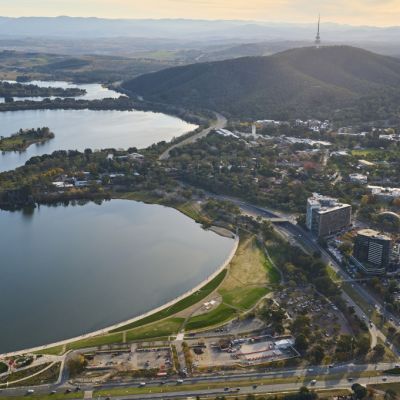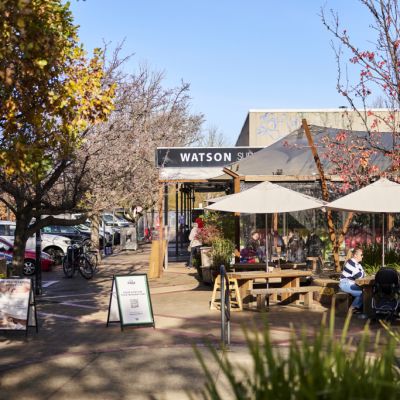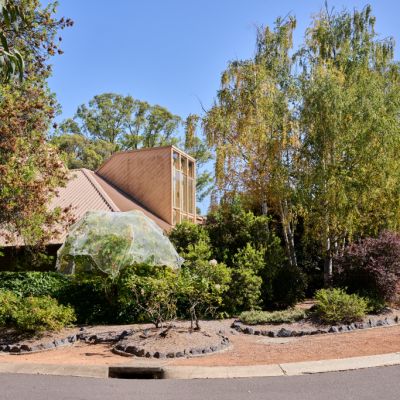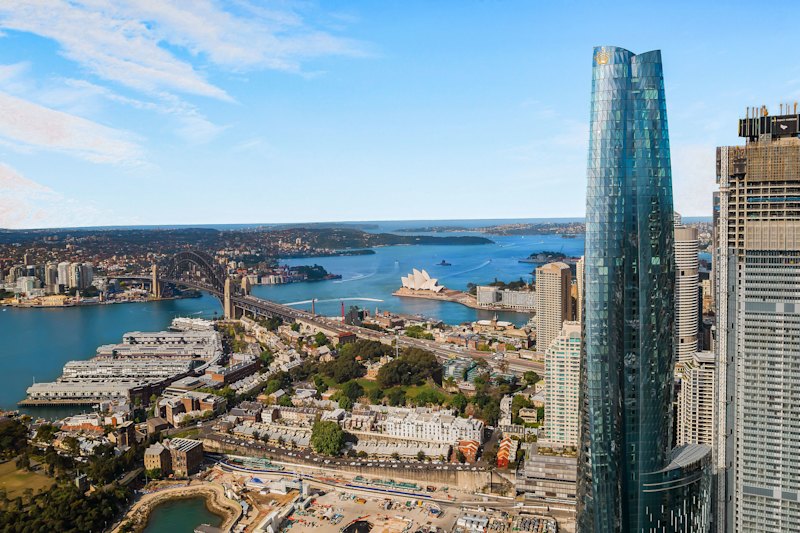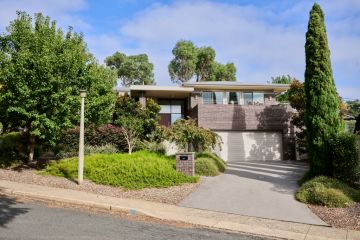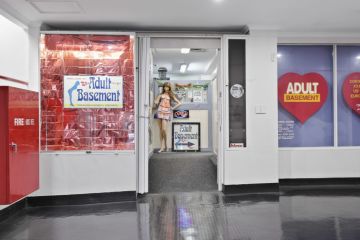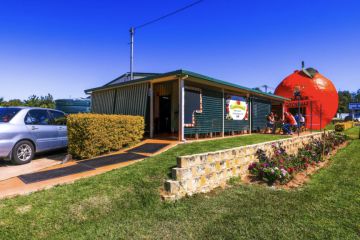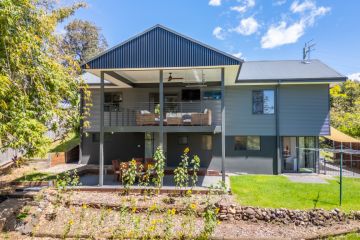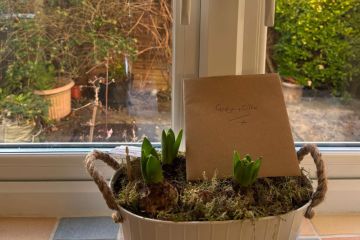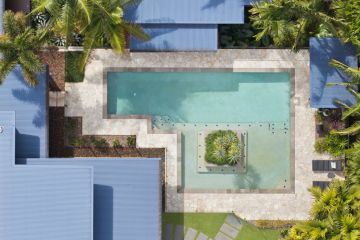How Lake Burley Griffin went from unifying symbol to tribal dividing line
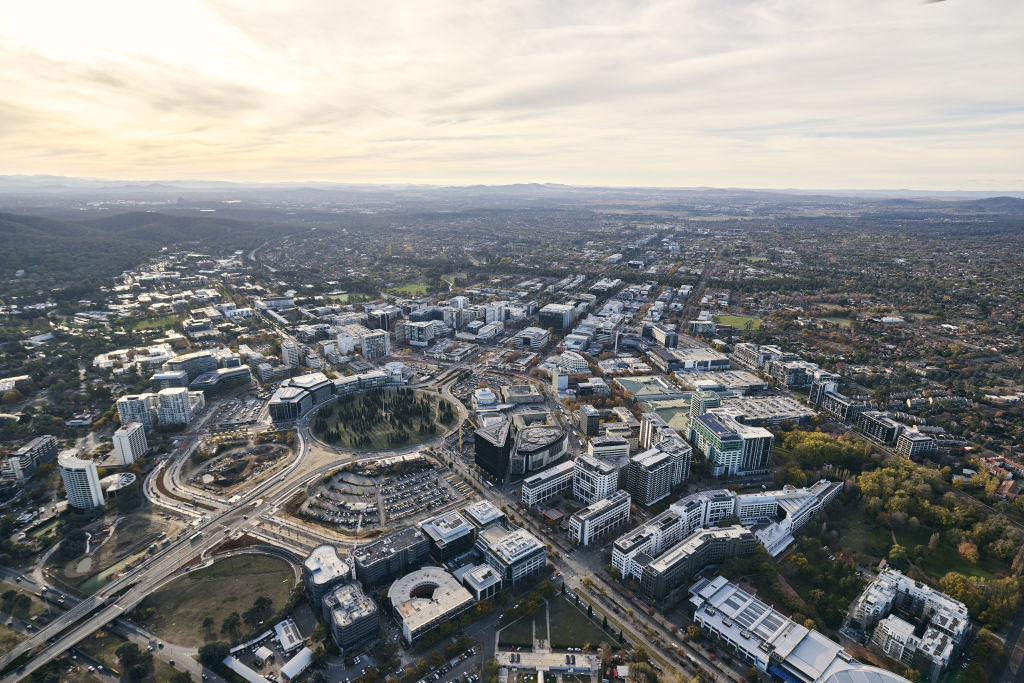
Call it a general principle – wherever you get a city divided by a body of water, you often end up with a split in social identity.
People develop a sort of tribalism around their chosen piece of geography with, say, a river, harbour or lake as the dividing line.
Globally, think of the River Thames in London, Left Bank v Right Bank in Paris, perhaps between Brooklyn and Manhattan in New York.
Closer to home, we have the North Shore in Sydney, the Yarra River as a divider in Melbourne, and the Swan River in Perth.
Then, right on our doorstep, there’s Lake Burley Griffin. That’s the line that makes a big majority of us either committed “north-siders” or “south-siders”.
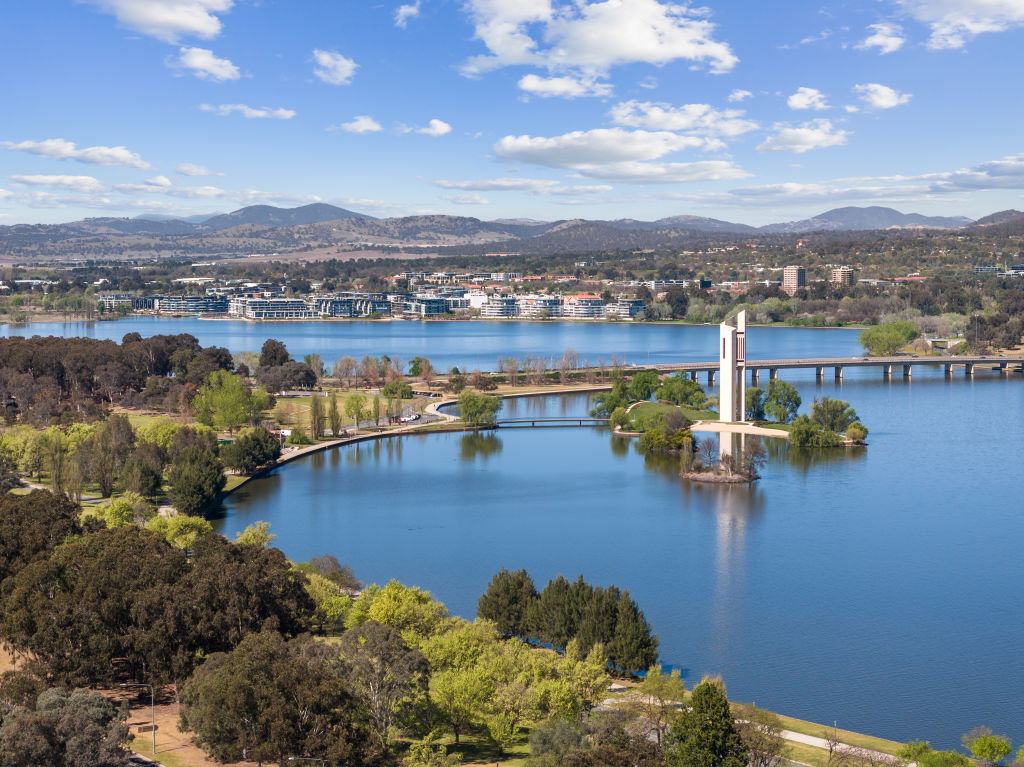
The lake was a compelling element of Walter Burley Griffin’s original vision for Canberra, intended as a unifying symbol.
It was finally realised in 1964, but Griffin may not have taken into account a human tendency toward tribalism, and the lake has become a symbol of a division in our city’s geographic and social identities.
The Inner North is the home of academia, through the Australian National University, and can claim a more bohemian, artistic identity fuelled by a cafe culture that revolves around locales such as Turner and Lyneham.
It also boasts the success story of the hip Braddon hospitality and retail precinct.
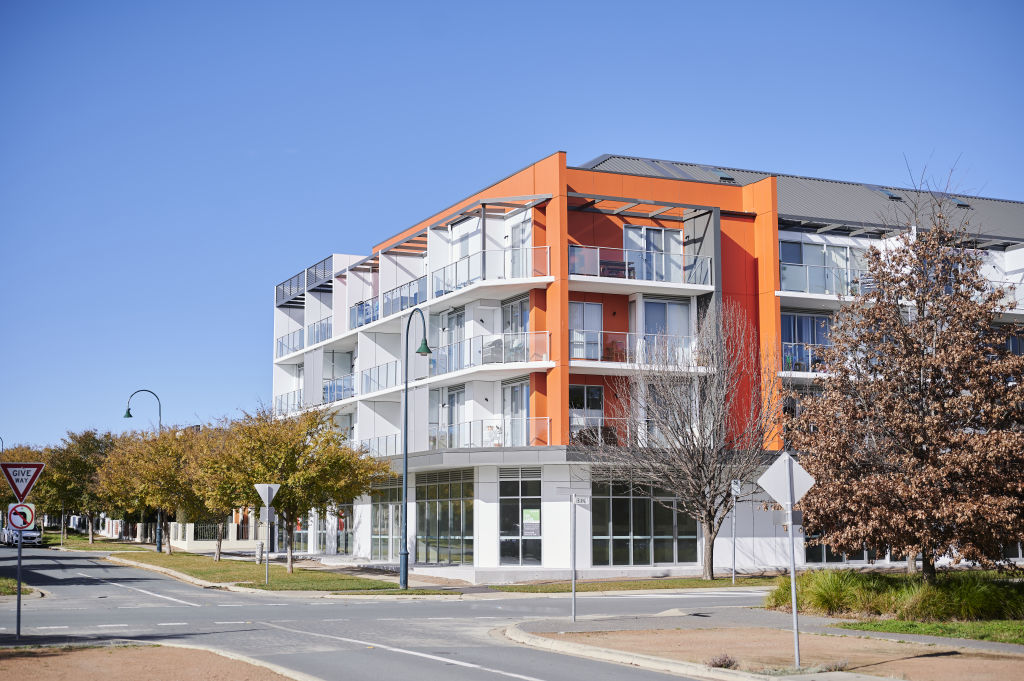
The Inner South has been shaped by its proximity to government, the bureaucracy and the diplomatic community. It has an even more genteel presence, enhanced by leafy streets and top private schools. Its identity is shaped by affluence and aspirational living.
It’s a little more difficult to pin specific identities on suburbs as they radiate out on either side of the lake, but a sense of place, where people have been brought up, often plays a major role. Whichever side you’re brought up on – that’s your mob
Is the grass greener in Canberra’s south?
Southside home owner Ashlee Garske, who is in her late 20s and originally from the Southern Highlands, moved to Canberra for university studies around 2016.
She later began working southside with the ACT government and turned her attention to getting onto the property ladder in 2020.
Garske made an offer on her current Greenway two-bedroom townhouse after viewing a few other contenders.
“It had everything I wanted,” she says. “It was brand new and close to everything.
Garske and her fiance enjoy their proximity to the lake, which is ideal for walking the dog.
“There’s a young vibe around here and we enjoy being close to shops and cafes, ideal for breakfast on the weekends,” she says.
“It’s got a really good community feel, is a very walkable neighbourhood, and [has] a close connection with nature.”
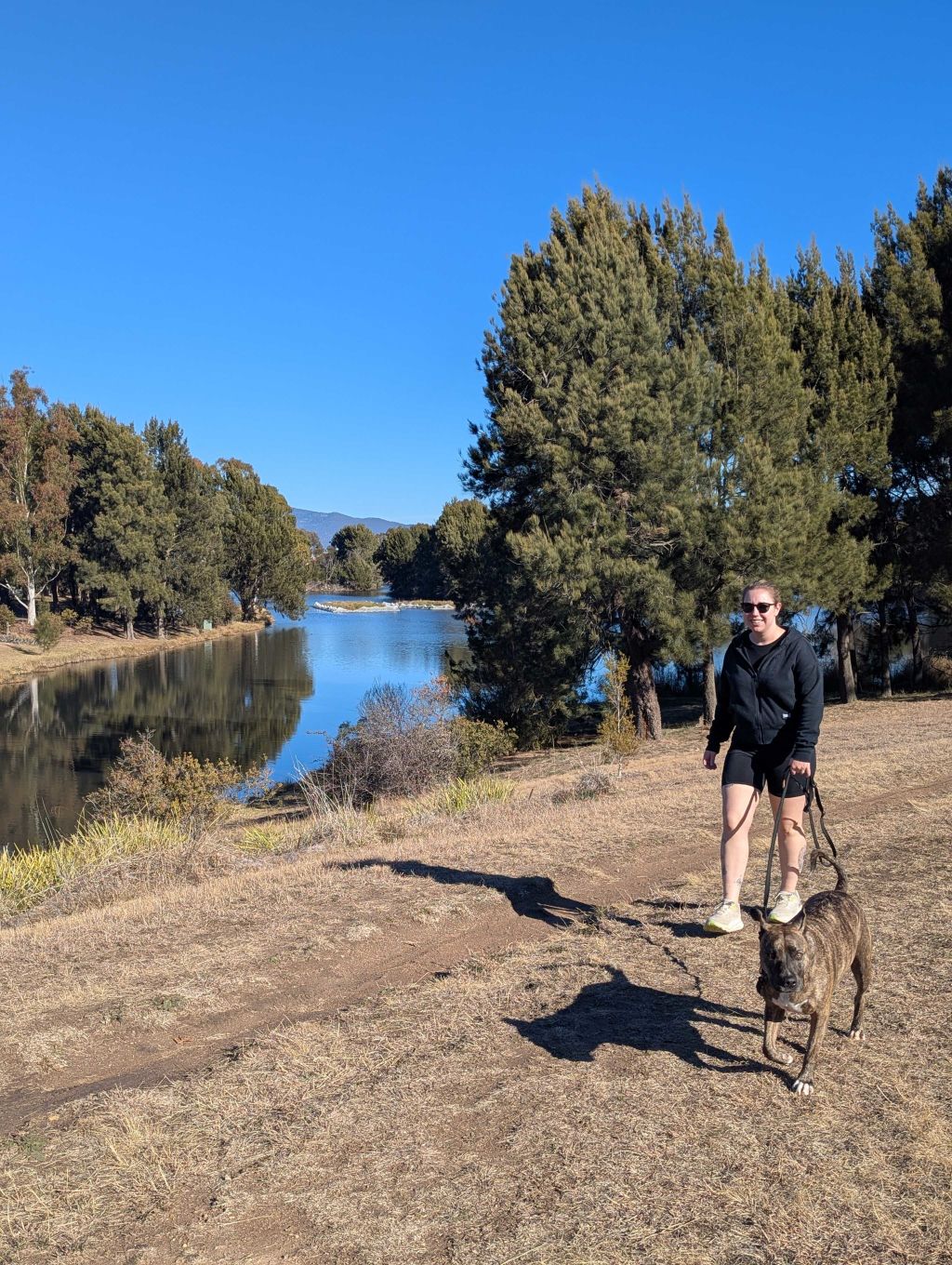
A move to a bigger home is on the cards, but southside is likely to remain a fixture.
“Most of our friends are over this way, and it’s really important to be close to them,” Garske says.
Barton resident Mark Wolens, director of Independent Property Group South, came to Canberra in 1985.
He first lived in Narrabundah and has been a southsider ever since – as are his adult children and all but one of his staff of 14.
“The so-called divide has an element of humour to it, but it’s certainly true that many people are committed to one side or the other,” Wolens says.
“I’ve got friends who essentially have the same-sized homes, on similar-sized blocks and worth similar prices – one north, one south – and there’s no way you could get them to switch sides.”
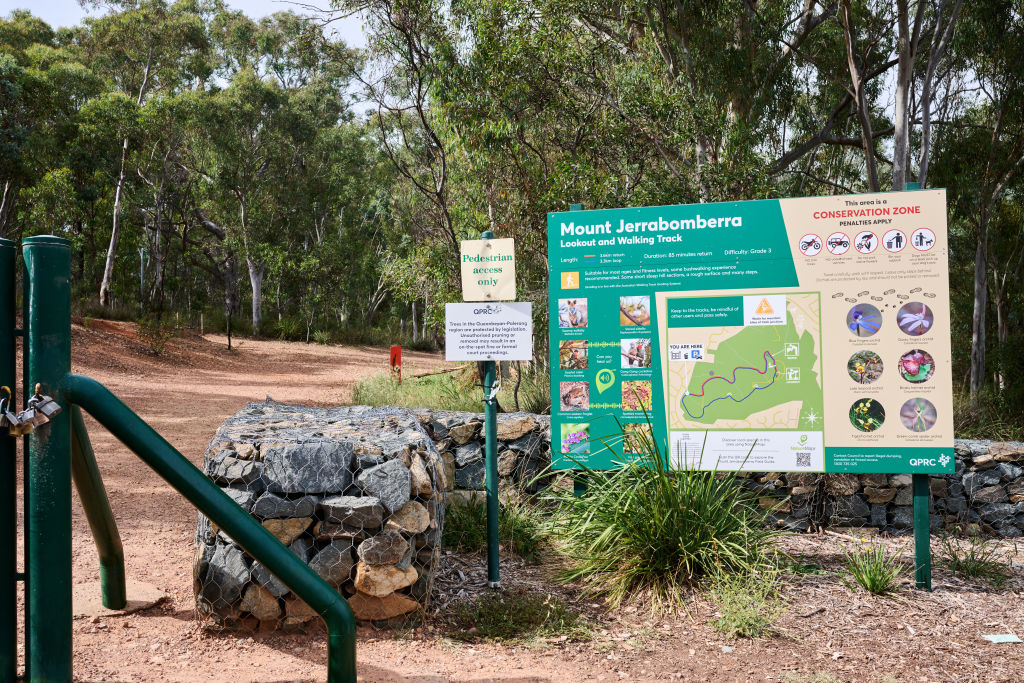
However, he says there are others who can be persuaded to swap sides.
“I think they kind of sit in the middle of the argument; they’re the ones who are a bit more flexible, even if they start out by saying they are happy one side or the other,” Wolens says.
“I suggest to buyers that they broaden their search to get a full appreciation of what the market offers. Those who do – I’ve seen them change their minds and embrace their new lifestyle.”
When the way home is north of the lake
Northside home owner Danika Garrett lives in Flynn with her husband and two children in a four-bedroom, three-bathroom detached home.
They have lived there for about eight years, and both parents work in the private sector.
Danika says she was born and raised northside. However, in her earlier working years, the couple lived in an apartment on the Kingston Foreshore.
“We later started searching for a bigger home with a first child on the way and looked both north and southside,” she says.
“We eventually settled on our Flynn home because it had everything we wanted.”
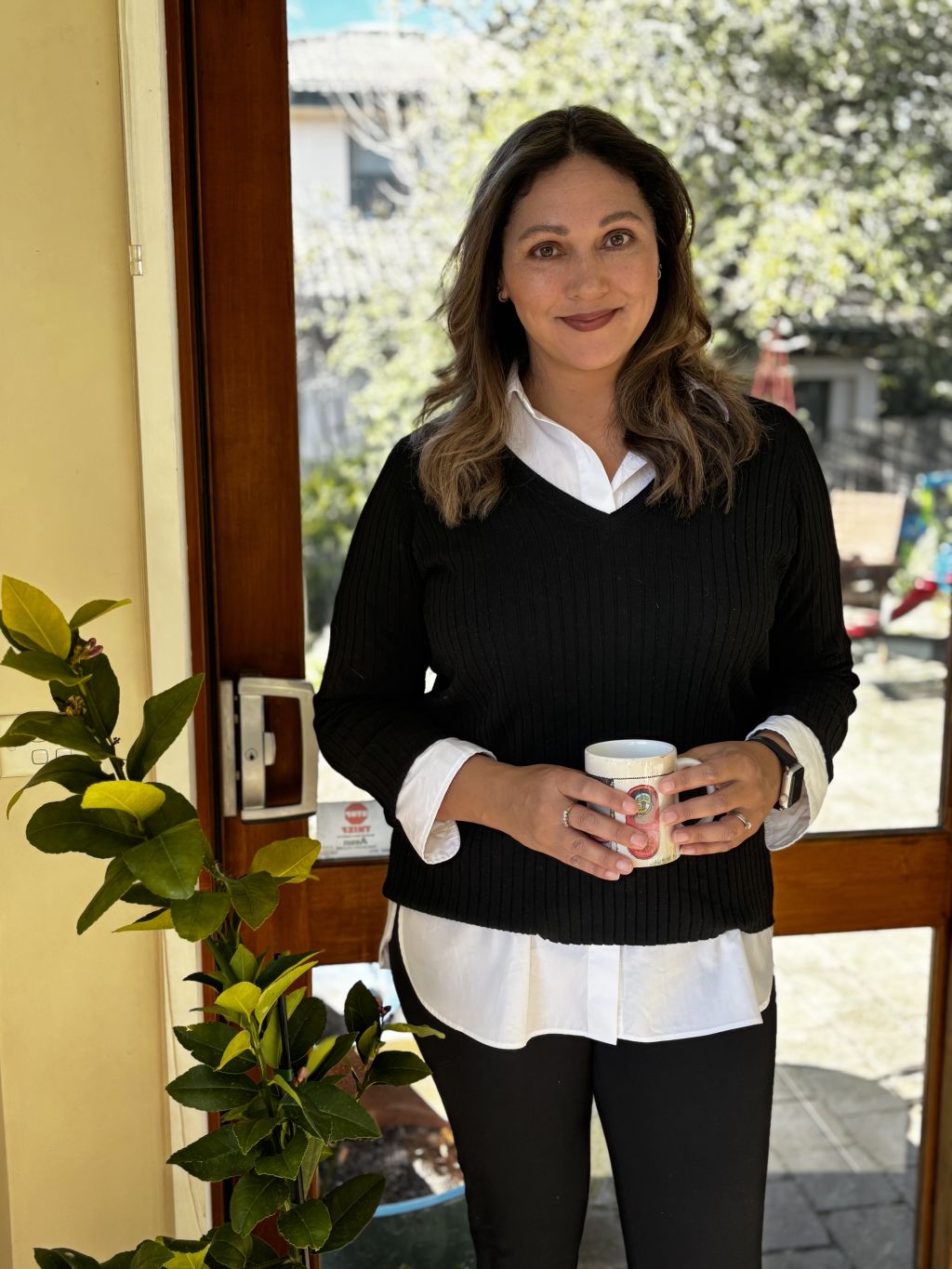
Garrett says that, since then, they have become part of the community and have made friends through school, sport and even while walking the dog.
“It’s a wonderful community, and given those ties, we’re not planning on moving anywhere soon,” she says.
Northside agent Chris Uren, director of Independent Property Group North, is another born and raised northsider. He currently lives in south Bruce, but takes a pragmatic view of the city divisions.
“I have listings on both sides of the lake, and I always encourage buyers to be more open to possibility,” he says.
“There are certainly those who staunchly refuse to cross a bridge in a search for a new home – and I think they deny themselves the chance to get a real appreciation for what’s available.”
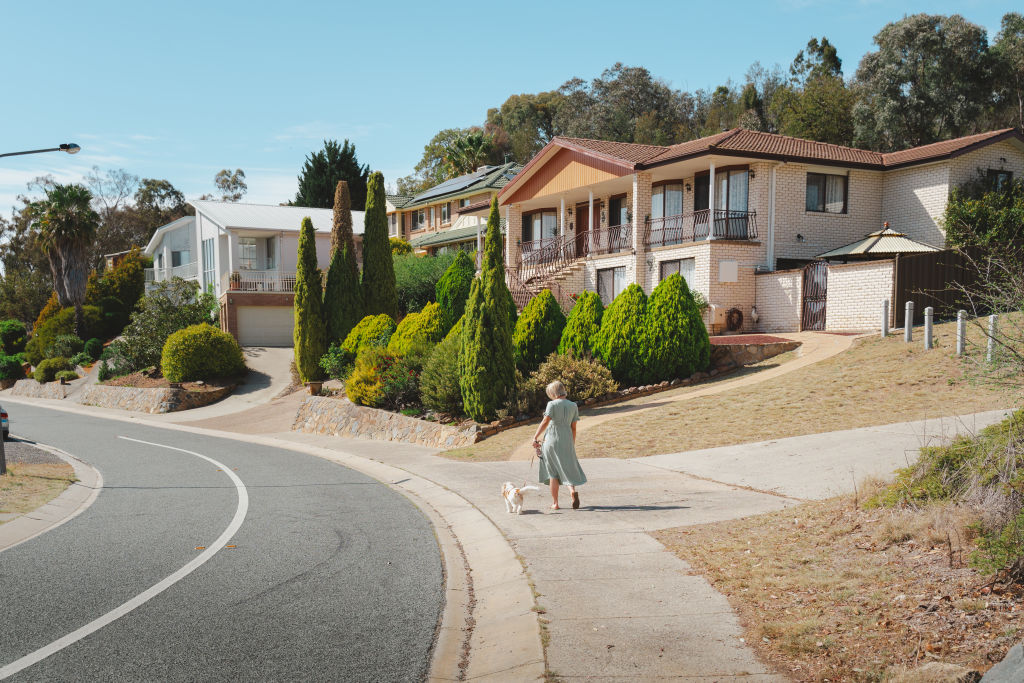
Uren says a willingness to explore potential is important when there are imbalances in the market.
“For example, there’s a limited supply of larger apartments and townhouses in the Inner South,” he says. “Buyers who won’t consider crossing the lake are denying themselves the opportunity to see what’s available in great Inner North suburbs like Turner.”
When it comes to lifestyle observations, Uren says the Inner North probably eclipses the Inner South when it comes to entertainment and hospitality options.
“Of course, you have the city centre and Braddon with bars, cafes and restaurants, cinemas, the Canberra Theatre in Civic Square, and more,” he says. “There’s definitely a [bustling] vibe.”
We recommend
States
Capital Cities
Capital Cities - Rentals
Popular Areas
Allhomes
More
- © 2025, CoStar Group Inc.
